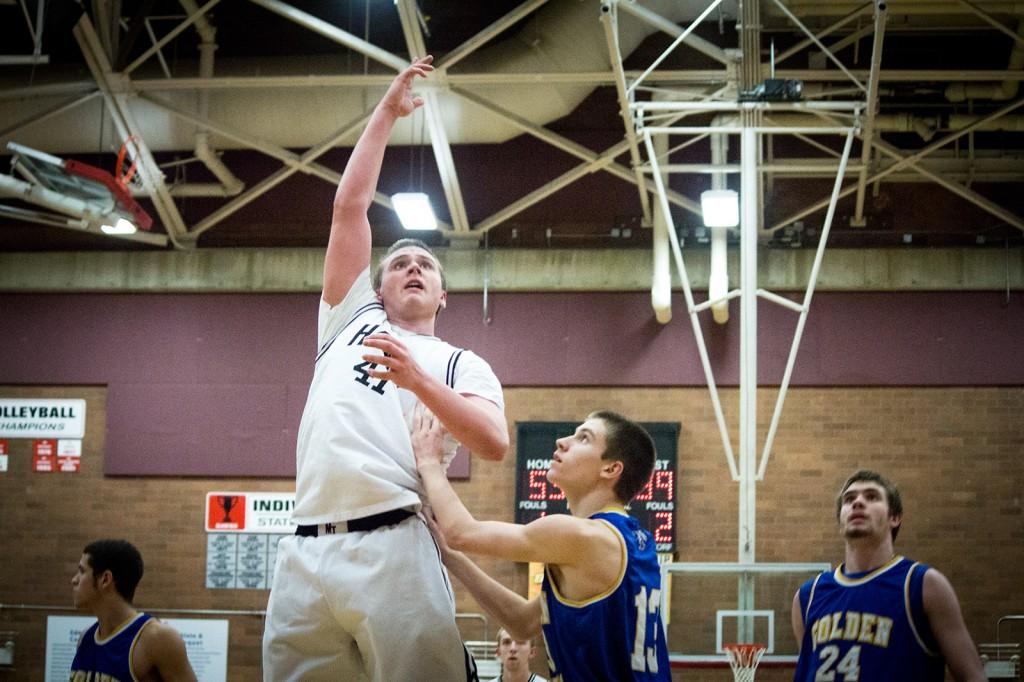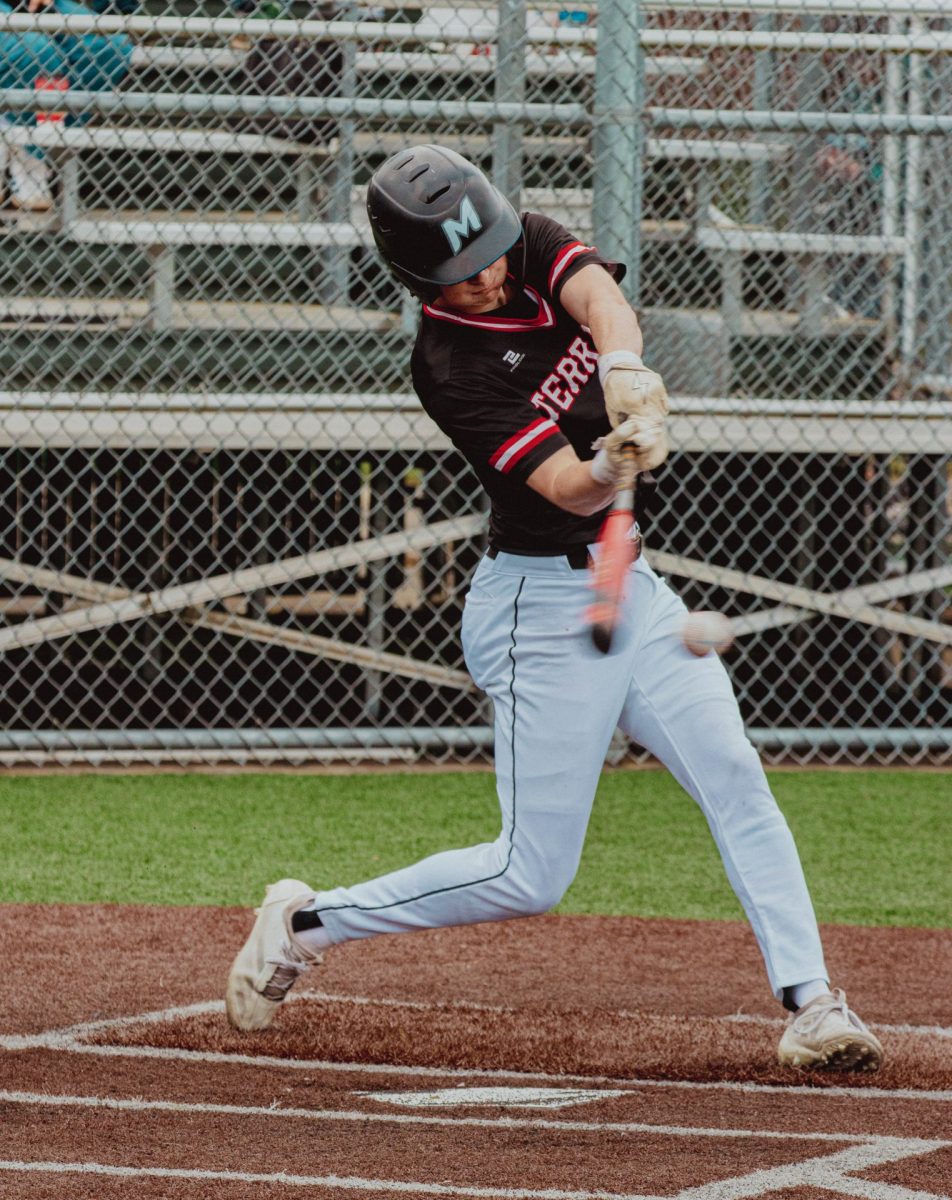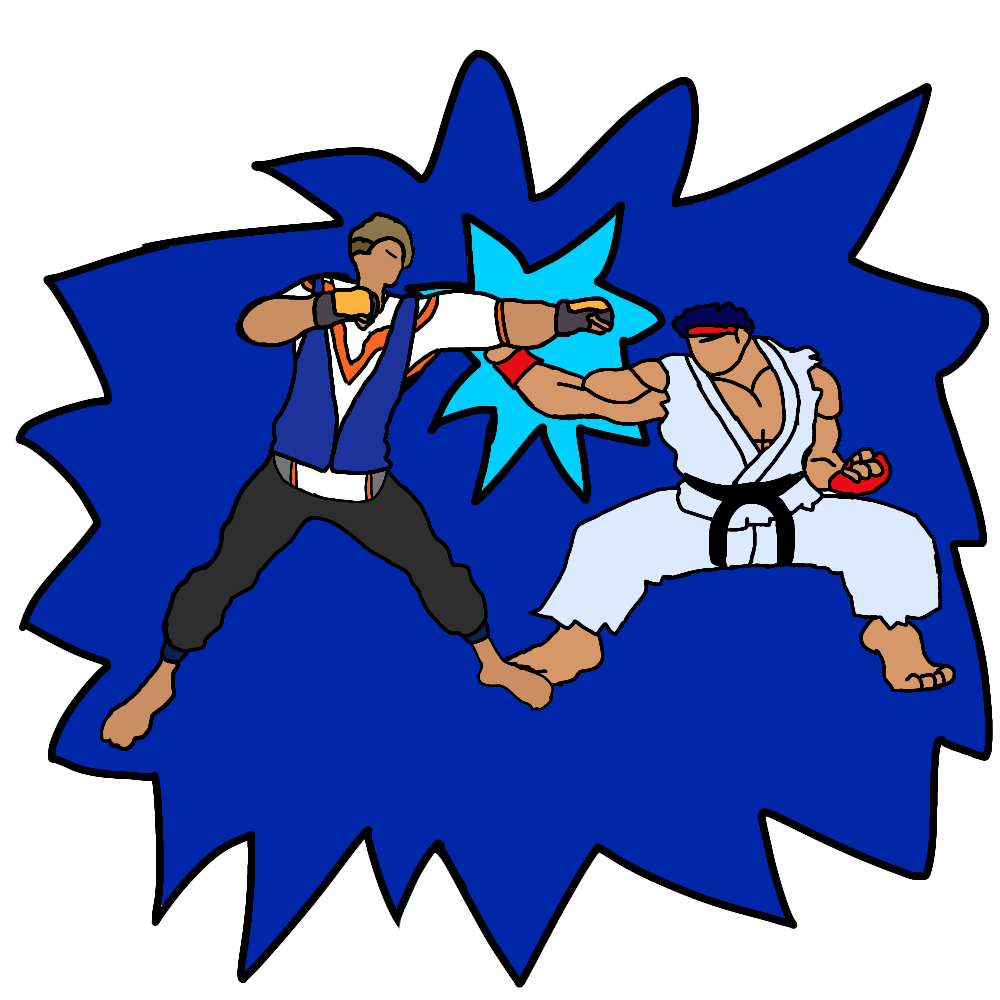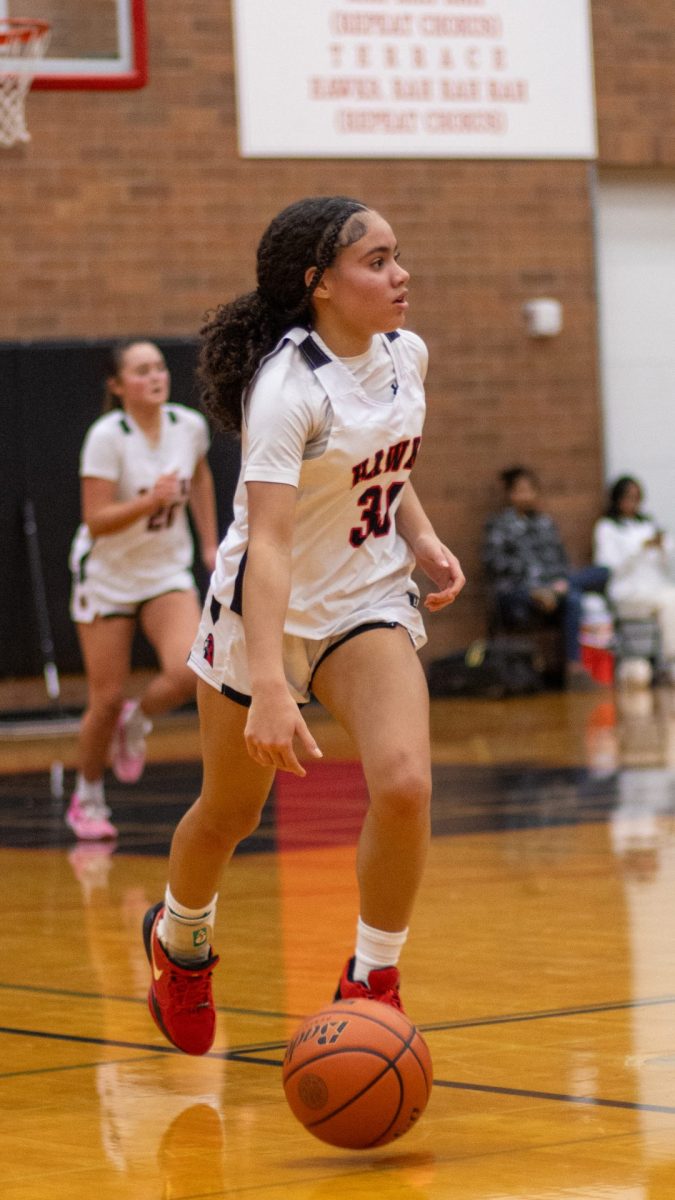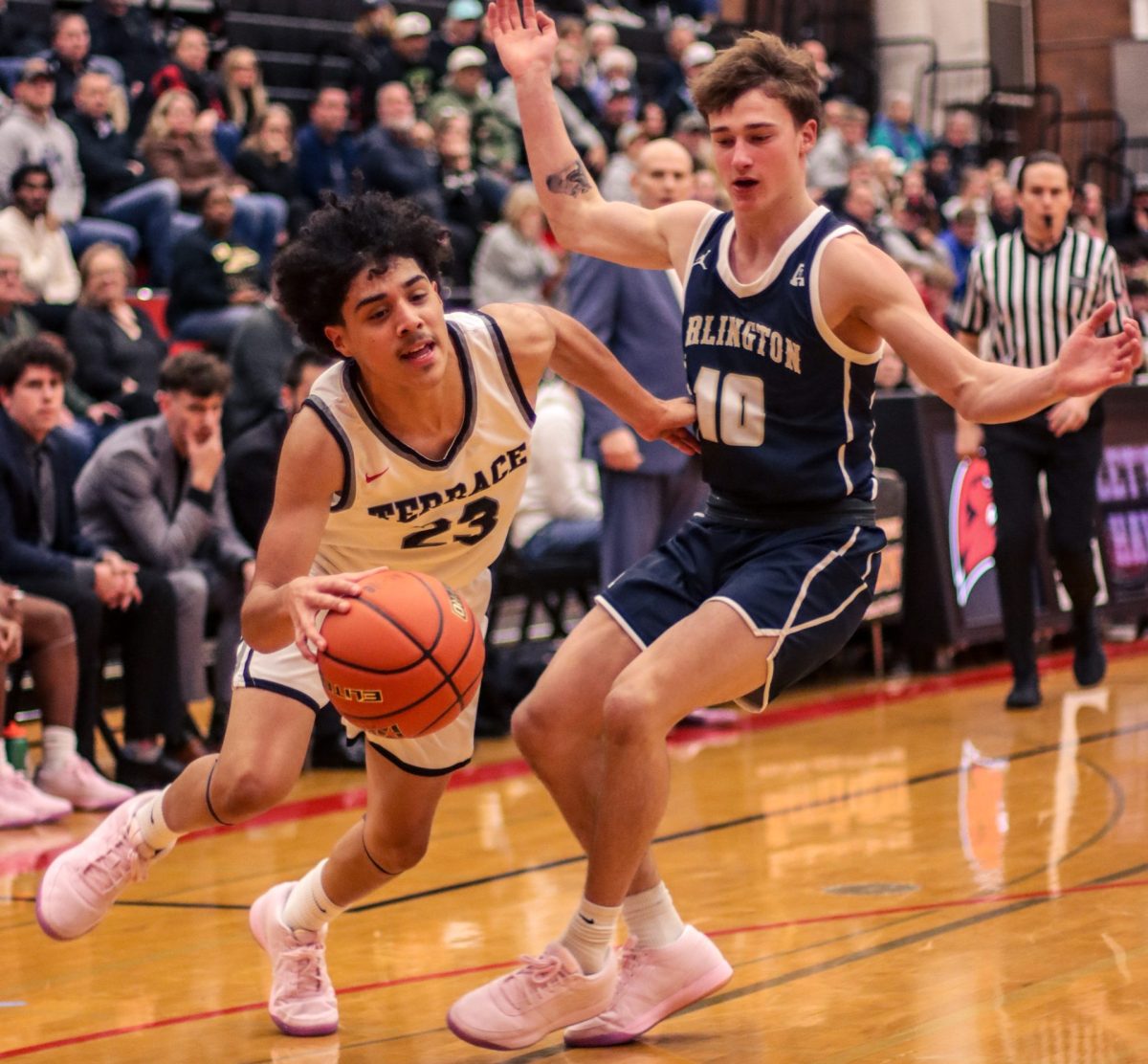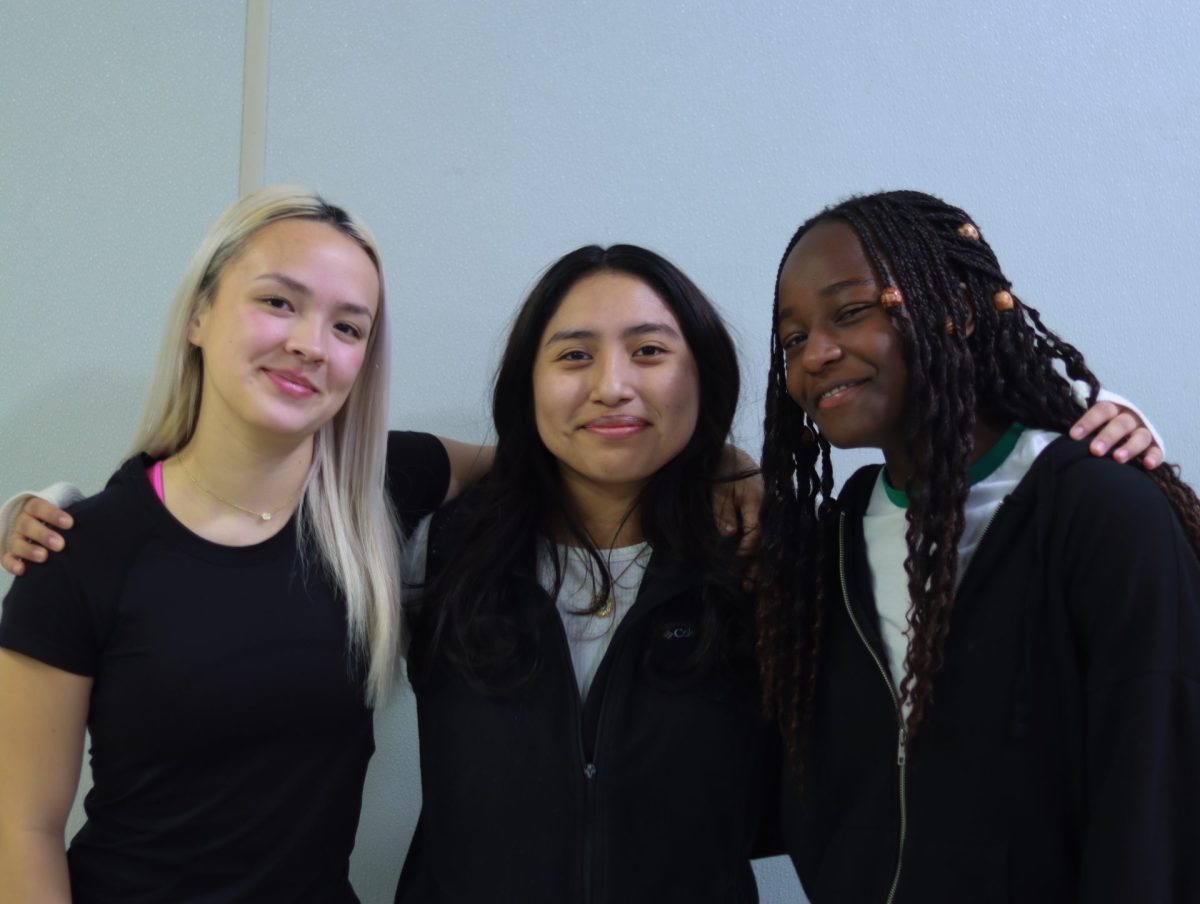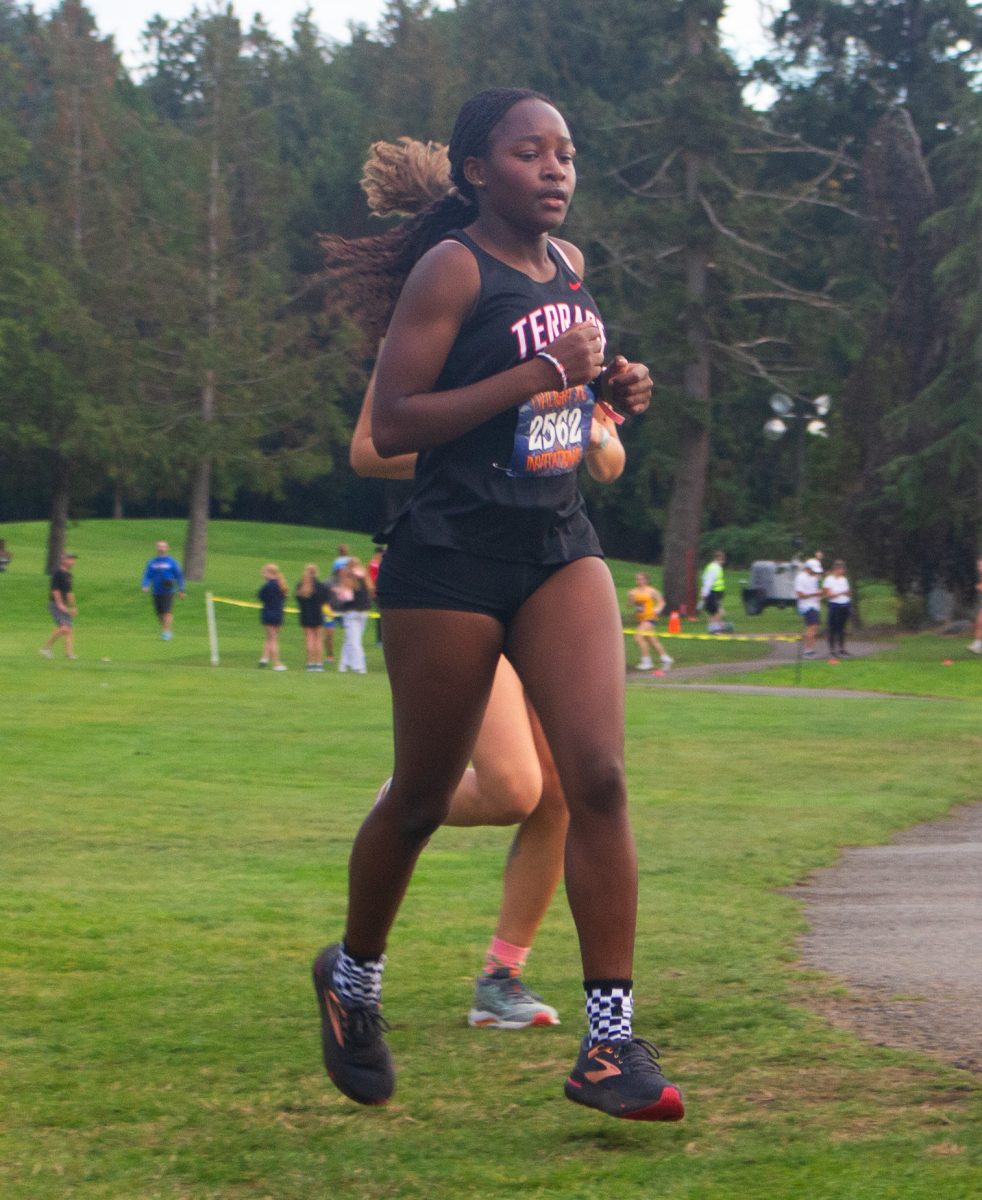About three weeks ago, the Hawkeye published their second issue of the year and in the sports section, there was a big article written by yours truly about injury and the recovery that goes into them. To write that article, I wanted to get some more perspective on injuries so I decided to go through two weeks of hell and experience at least the social factors of recovering from injury.
Before reading on, yes, I lied when I said I hyperextended my knee by playing basketball in the rain. That was just a cover up so that I could also see how people treat me thinking that I’m actually injured.
No, I did not intentionally injure myself, but what I did was borrow a brace from senior Alisha Clingan, who she herself experienced an ACL tear, and wear that on the my right leg for two weeks. The parameters behind the whole experiment was that I had to wear the brace from the second I got out the door in the morning at 6 am all the way to bedtime.
Being completely honest, this experiment was an awful success. What I mean by that is that it was awful to experience firsthand but it was very successful in providing the new perspective that I was aiming for.
You might be thinking that I’m over exaggerating all of this and that all I had to do was just “wear a brace” for two weeks.
WRONG.
This brace wasn’t any brace. It covers the greater part of your leg and it practically restricts any movement of the leg so you have to move around everywhere with a straight leg. Imagine walking up a big flight of stairs with a straight leg. Not a pretty picture right?
Not only that, walking around school at the speed of a tortoise is probably just as bad because you’d be surprised at how many high school students get irritated by slow walkers regardless of the circumstance.
Practically all everyday activity became a huge pain with the injury; going to the bathroom, getting in a car, all outside recreational activity like sports, etc. and even attending public events like going to watch Terrace sports games all became hard because of it… And I only wore it for two weeks. People who experience a serious injury that would require a brace like this would have to wear for much longer and that is something I can’t bear to imagine.
The worst part has yet to be told however.
After about a week, when I took the brace off at night, I started noticing a slight notice in the size of my right calf muscle in comparison to my left calf muscle was a bit different. That’s when it hit me. Due to the little amount of physical activity, my right leg’s calf muscle started becoming frail and by the end of the whole experiment, there was a pretty big difference in the two.
After the whole experiment there were a lot of pros and cons. The pros of it were that it gave me insight and a sense of magnitude as to how bad physically and socially recovering from injury can really be. It’s true that you really don’t know what a person is going through until you step into their shoes to some extent.
The cons include having to lie to [a lot of] people about the whole “injury”, feeling like a burden to everyone walking behind you because of the slow speed and the fact that I had to make sure to work out my right leg exclusively so that my two legs become even in size again.
Was it all worth it?
Yes, yes, and yes. Knowledge is power and being as someone who had never experienced anything close to a major injury, I was able to learn a lot through this firsthand experience. In full honesty, I think it allowed me to write the article better.
All in all, here’s my conclusion: Injuries [expletive] suck.
I advise all athletes and people in general to take all (or at least some) precautionary measures prior to any and all exercising activities.
These precautionary measures, according to University of Rochester’s medical center, include always warming up, wearing the right type of gear and the right type of safety gear, and to not play through pain.



